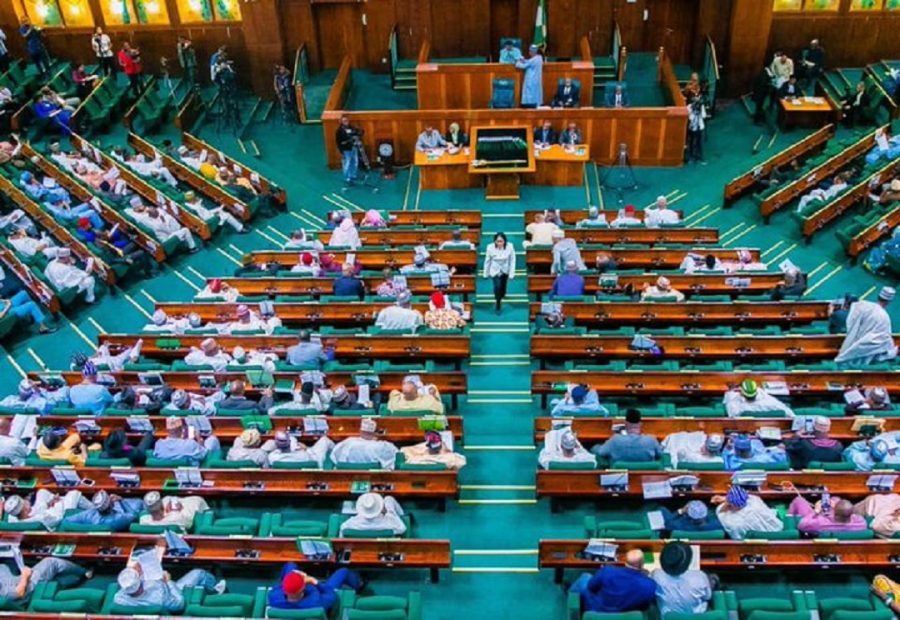Article summary
- The Senate approved President Buhari’s request to restructure N22.7trn loans taken by the Federal Government from the CBN under the ‘Ways and Means Provision.’
- The securitization will add the Ways and Means advances to the public debt balance, taking Nigeria’s Debt to GDP ratio to 38.4%.
- The securitization will reduce the FG’s debt service burden, as the new rate for repayment is 9% per annum compared to MPR (18%) + 3% previously.
- The securitized Ways & Means will be included in public debt statistics, and an amendment to the CBN Act may be necessary to proceed with the securitization.
After deliberations, the Senate finally approved the request by President Muhammadu Buhari to restructure the N22.7 trillion loans the Central Bank of Nigeria (CBN) extended to the Federal Government under its ‘’Ways and Means Provision.” The provision allows the government to borrow from the apex bank (as a lender of last resort) if it needs short-term or emergency finance to fund delayed government cash receipts, especially oil revenue. The terms of the securitization of the Ways & Means advances as gazetted by the Debt Management Office (DMO) involve the issuance of debt securities with a 40-year tenor by the FG to the CBN, with an interest rate of 9% and a 3-year moratorium on principal repayments. The securitization will add the Ways and Means advances to the public debt balance.
Backstory
Between 2007 and 2015, the previous administrations only took a combined total of N869bn from the Ways and Means window. However, in the last eight years, the current administration has collected N23.7trn. Total public debt at the end of 2022 was N46.3trn while the expected borrowings for 2023 come to N8.8trn (domestic and foreign). If we include the ways and means of N22.7trn to be securitized, total expected public debt for 2023 comes to 77.8trn. A total debt stock rising to N77.8trn will take the country’s debt-to-GDP ratio to 38.4%. This increase in public debt may require the DMO to raise the public debt ceiling from its current level of 40% of GDP contained in the medium-term debt management strategy paper.
One notable benefit of the securitisation is the reduction in the FG’s debt service burden, as the new rate for repayment is 9% per annum compared to MPR (18%) + 3% previously. This is critical given the rising debt-service-to-revenue ratio, estimated at approximately 96% in 2022. Also, debt transparency will improve as securitised Ways & Means will now be included in public debt statistics, even though Section 38(3)(B) of the CBN Act prohibits the CBN from guaranteeing securities for which it is an interested party. Consequently, an amendment to the Act may be necessary to proceed with the securitization.
Technically, a 9% rate on a 40-year bond implies an inversion of the bond yield curve. However, considering these instruments will not be issued to the public, we see no effect on the fixed-income market.

























I read Nairametrics to get their expert opinion on such matters and not just for you to leave an open ended explanation. Tell us if it’s an economically viable solution or is it against the rules. And the impact it’ll have on trust investors have for Nigeria’s economic policies.